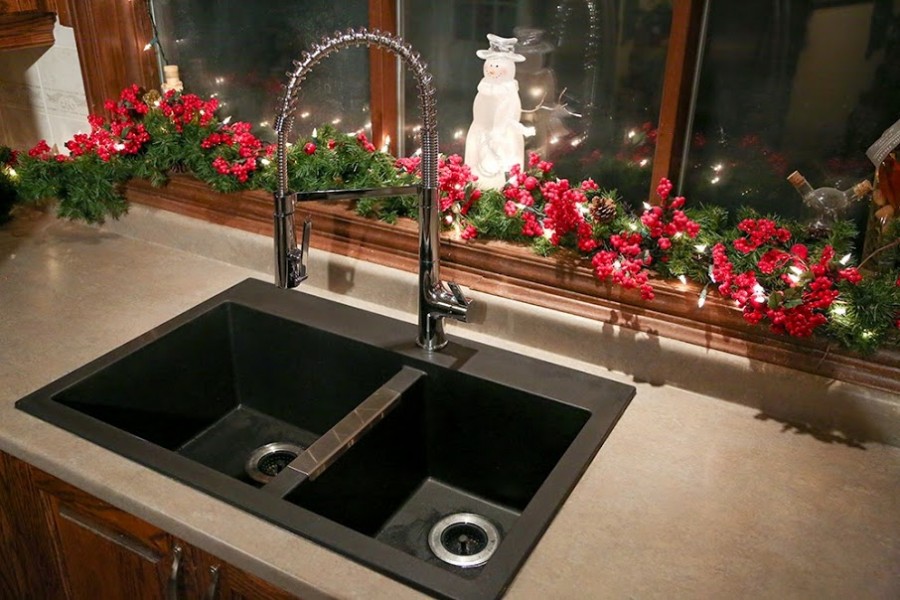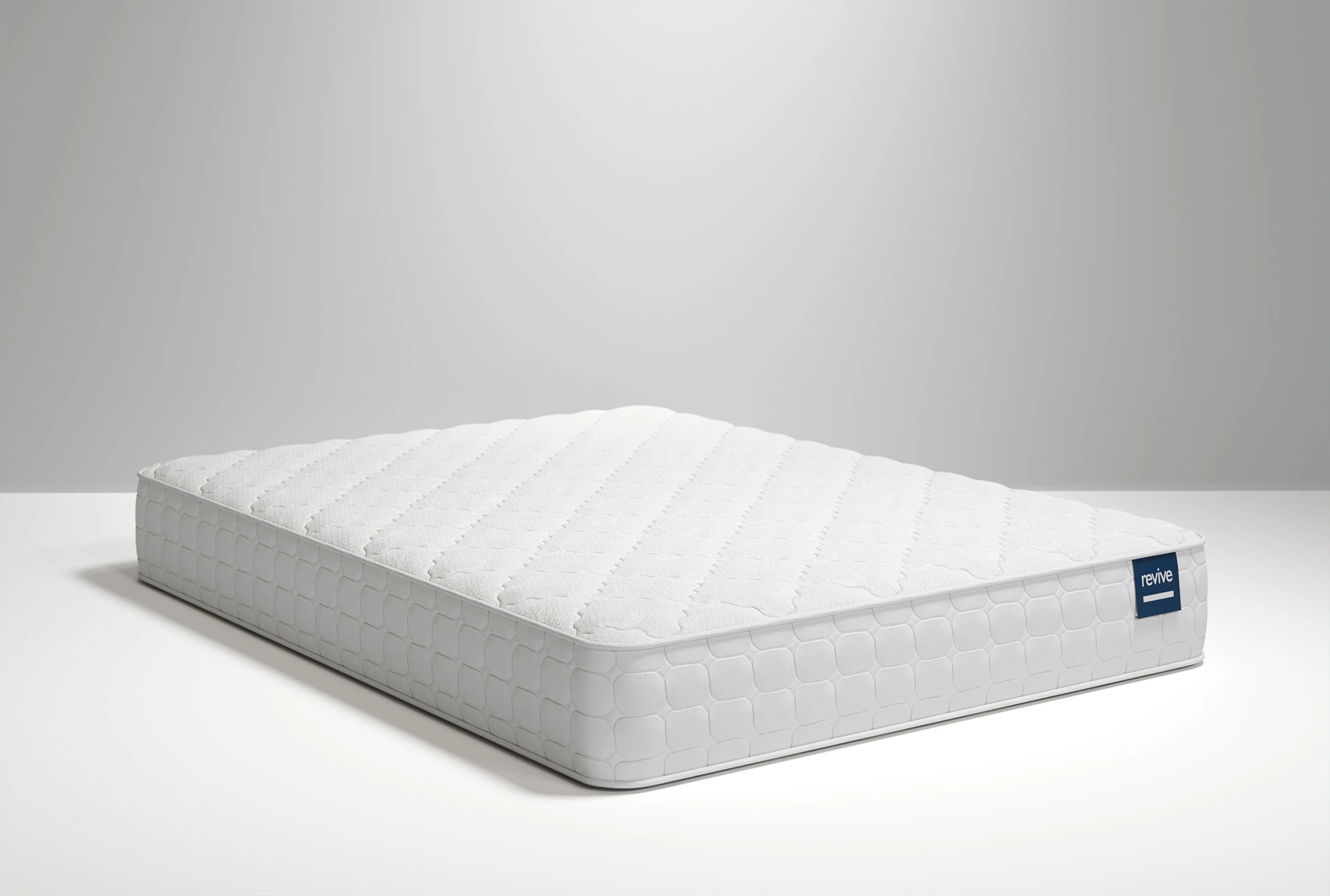How to Install a Kitchen Sink Drain
Installing a kitchen sink drain may seem like a daunting task, but with the right tools and knowledge, it can be a relatively simple process. Whether you're renovating your kitchen or just replacing an old sink, knowing how to properly install a kitchen sink drain can save you time and money in the long run. In this article, we will guide you through the steps of installing a kitchen sink drain and give you tips on how to make the process smooth and hassle-free.
How to Install a Kitchen Sink Drain Pipe
The first step in installing a kitchen sink drain is to install the drain pipe. This pipe connects the sink to the main drain line and allows water to flow out of the sink. Start by measuring the distance between the sink and the main drain line to determine the length of the pipe needed. Cut the pipe to the appropriate length, making sure to leave enough space for the P-trap and any other necessary components.
How to Install a Kitchen Sink Drain Basket
The kitchen sink drain basket is an essential component that helps to keep food scraps from clogging the drain. To install the basket, first, remove the old one if you are replacing an existing sink. Then, apply a thin layer of plumber's putty around the lip of the drain opening. Place the basket on top of the putty and tighten the locknut underneath the sink to secure it in place.
How to Install a Kitchen Sink Drain Assembly
The kitchen sink drain assembly is made up of several different components, including the drain pipe, the drain basket, and the sink strainer. To install the assembly, start by attaching the drain pipe to the bottom of the sink using the appropriate fittings. Then, attach the sink strainer to the drain basket and secure it in place. Finally, connect the drain pipe to the main drain line and tighten all fittings.
How to Install a Kitchen Sink Drain Trap
The kitchen sink drain trap is a curved piece of pipe that helps to prevent sewer gas from entering your home. To install the trap, first, attach one end to the drain assembly and the other end to the main drain line. Make sure the trap is positioned correctly to allow for smooth water flow. Then, use a wrench to tighten the connections and ensure there are no leaks.
How to Install a Kitchen Sink Drain with Disposal
If you have a garbage disposal, the process of installing a kitchen sink drain may be a bit more complicated. Start by following the steps outlined above to install the drain pipe, basket, and assembly. Then, you will need to connect the disposal to the drain pipe and secure it in place. Make sure to follow the manufacturer's instructions for proper installation.
How to Install a Kitchen Sink Drain with Dishwasher
If you have a dishwasher, you will need to install a drain connection for it as well. This connection allows the dishwasher to drain into the main drain line. To install the connection, first, remove the knockout plug from the side of the garbage disposal. Then, attach the dishwasher drain line to the disposal and secure it in place. Finally, connect the dishwasher drain line to the main drain line.
How to Install a Kitchen Sink Drain Vent
A kitchen sink drain vent is another essential component that helps to prevent sewer gas from entering your home. To install the vent, start by determining the best location for it. It should be installed near the sink and as close to the main drain line as possible. Then, cut a hole in the wall for the vent pipe and attach it to the drain assembly. Secure the vent pipe in place and make sure there are no leaks.
How to Install a Kitchen Sink Drain Pipe with P-Trap
A P-trap is a curved pipe that traps water and prevents sewer gas from entering your home. To install a P-trap, start by attaching one end to the drain assembly and the other end to the main drain line. Make sure the trap is positioned correctly to allow for smooth water flow. Then, use a wrench to tighten the connections and ensure there are no leaks.
How to Install a Kitchen Sink Drain Pipe with AAV
An AAV (air admittance valve) is an alternative to a vent pipe and helps to prevent sewer gas from entering your home. To install an AAV, first, locate the best spot for it near the sink. Then, cut a hole in the wall and attach the AAV to the drain assembly. Make sure the valve is secured in place and there are no leaks.
Installing a kitchen sink drain may seem like a daunting task, but with the right tools and knowledge, it can be a relatively simple process. Make sure to follow these steps carefully and use the correct tools and materials for a successful installation. And remember, if you are unsure or uncomfortable with any part of the process, it's always best to consult a professional plumber for assistance.
The Importance of Properly Plumbing a Kitchen Sink Drain Through the Bottom of a Cabinet
/how-to-install-a-sink-drain-2718789-hero-24e898006ed94c9593a2a268b57989a3.jpg)
Maximizing Space and Functionality
 Proper plumbing of a kitchen sink drain through the bottom of a cabinet is crucial for creating a functional and organized space in your kitchen.
The bottom of a cabinet is often an underutilized area, but with the right plumbing, you can make the most of this space by installing a garbage disposal or a pull-out trash bin. This not only adds convenience to your daily kitchen routine, but it also helps keep your kitchen clean and clutter-free.
Proper plumbing of a kitchen sink drain through the bottom of a cabinet is crucial for creating a functional and organized space in your kitchen.
The bottom of a cabinet is often an underutilized area, but with the right plumbing, you can make the most of this space by installing a garbage disposal or a pull-out trash bin. This not only adds convenience to your daily kitchen routine, but it also helps keep your kitchen clean and clutter-free.
Preventing Clogs and Leaks
 A properly installed kitchen sink drain through the bottom of a cabinet can also prevent clogs and leaks, saving you time and money in the long run.
When a drain is not installed correctly, it can lead to water pooling in the bottom of the cabinet, causing damage to the cabinet and potentially leading to mold growth. Additionally, clogs can occur more frequently if the drain is not installed at the correct angle, leading to messy and frustrating plumbing issues.
A properly installed kitchen sink drain through the bottom of a cabinet can also prevent clogs and leaks, saving you time and money in the long run.
When a drain is not installed correctly, it can lead to water pooling in the bottom of the cabinet, causing damage to the cabinet and potentially leading to mold growth. Additionally, clogs can occur more frequently if the drain is not installed at the correct angle, leading to messy and frustrating plumbing issues.
Aesthetic Considerations
 Plumbing a kitchen sink drain through the bottom of a cabinet also has aesthetic benefits.
When done correctly, the plumbing can be hidden behind the cabinet doors, creating a seamless and clean look in your kitchen. This is especially important for those who have open shelving or glass cabinet doors, as the exposed plumbing can be an eyesore.
Plumbing a kitchen sink drain through the bottom of a cabinet also has aesthetic benefits.
When done correctly, the plumbing can be hidden behind the cabinet doors, creating a seamless and clean look in your kitchen. This is especially important for those who have open shelving or glass cabinet doors, as the exposed plumbing can be an eyesore.
Professional Installation
 It is important to hire a professional plumber to properly install a kitchen sink drain through the bottom of a cabinet.
This ensures that the plumbing is done correctly and to code, avoiding any potential issues in the future. A professional plumber will also have the knowledge and experience to recommend the best materials and techniques for your specific kitchen layout and needs.
It is important to hire a professional plumber to properly install a kitchen sink drain through the bottom of a cabinet.
This ensures that the plumbing is done correctly and to code, avoiding any potential issues in the future. A professional plumber will also have the knowledge and experience to recommend the best materials and techniques for your specific kitchen layout and needs.
Conclusion
 In conclusion, properly plumbing a kitchen sink drain through the bottom of a cabinet is essential for creating a functional, clean, and aesthetically pleasing kitchen space.
By utilizing this often overlooked area, you can maximize space and functionality while preventing potential plumbing issues. Be sure to hire a professional for the installation to ensure the job is done correctly and efficiently.
In conclusion, properly plumbing a kitchen sink drain through the bottom of a cabinet is essential for creating a functional, clean, and aesthetically pleasing kitchen space.
By utilizing this often overlooked area, you can maximize space and functionality while preventing potential plumbing issues. Be sure to hire a professional for the installation to ensure the job is done correctly and efficiently.




/how-to-install-a-sink-drain-2718789-hero-b5b99f72b5a24bb2ae8364e60539cece.jpg)


:max_bytes(150000):strip_icc()/how-to-install-a-sink-drain-2718789-hero-24e898006ed94c9593a2a268b57989a3.jpg)























/sink-drain-trap-185105402-5797c5f13df78ceb869154b5.jpg)






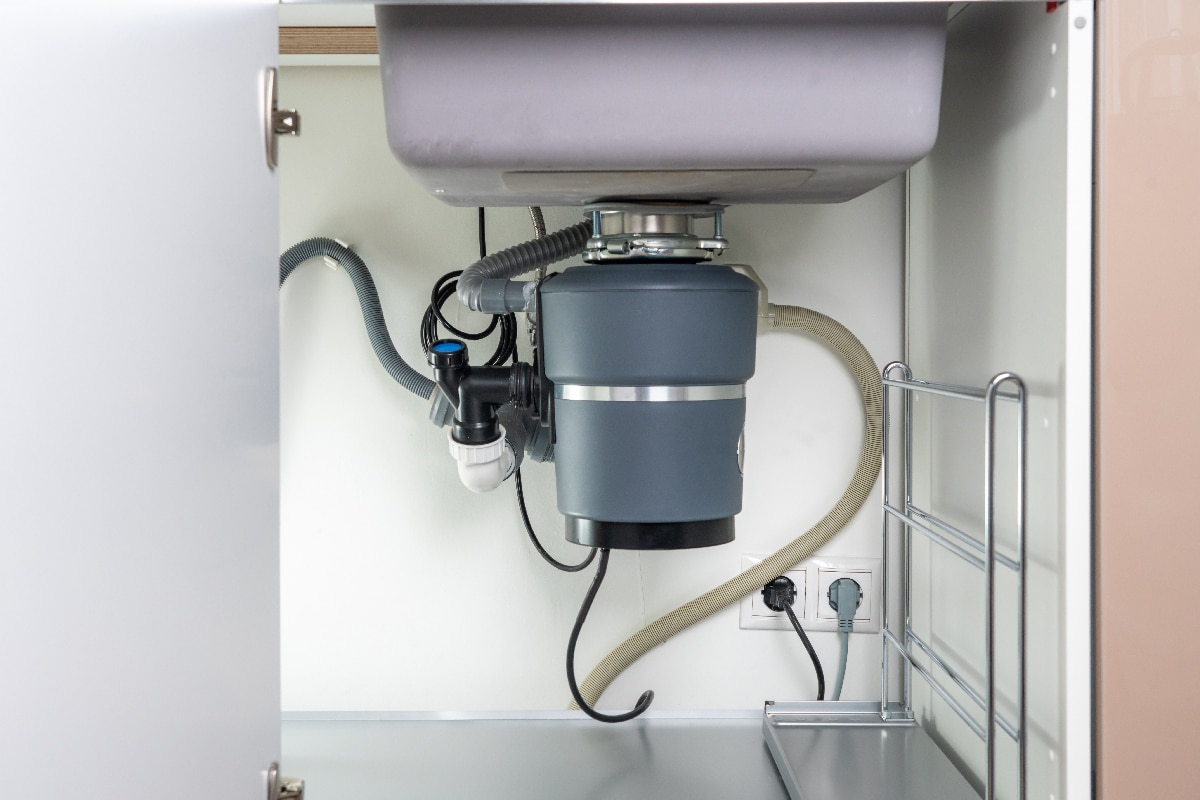



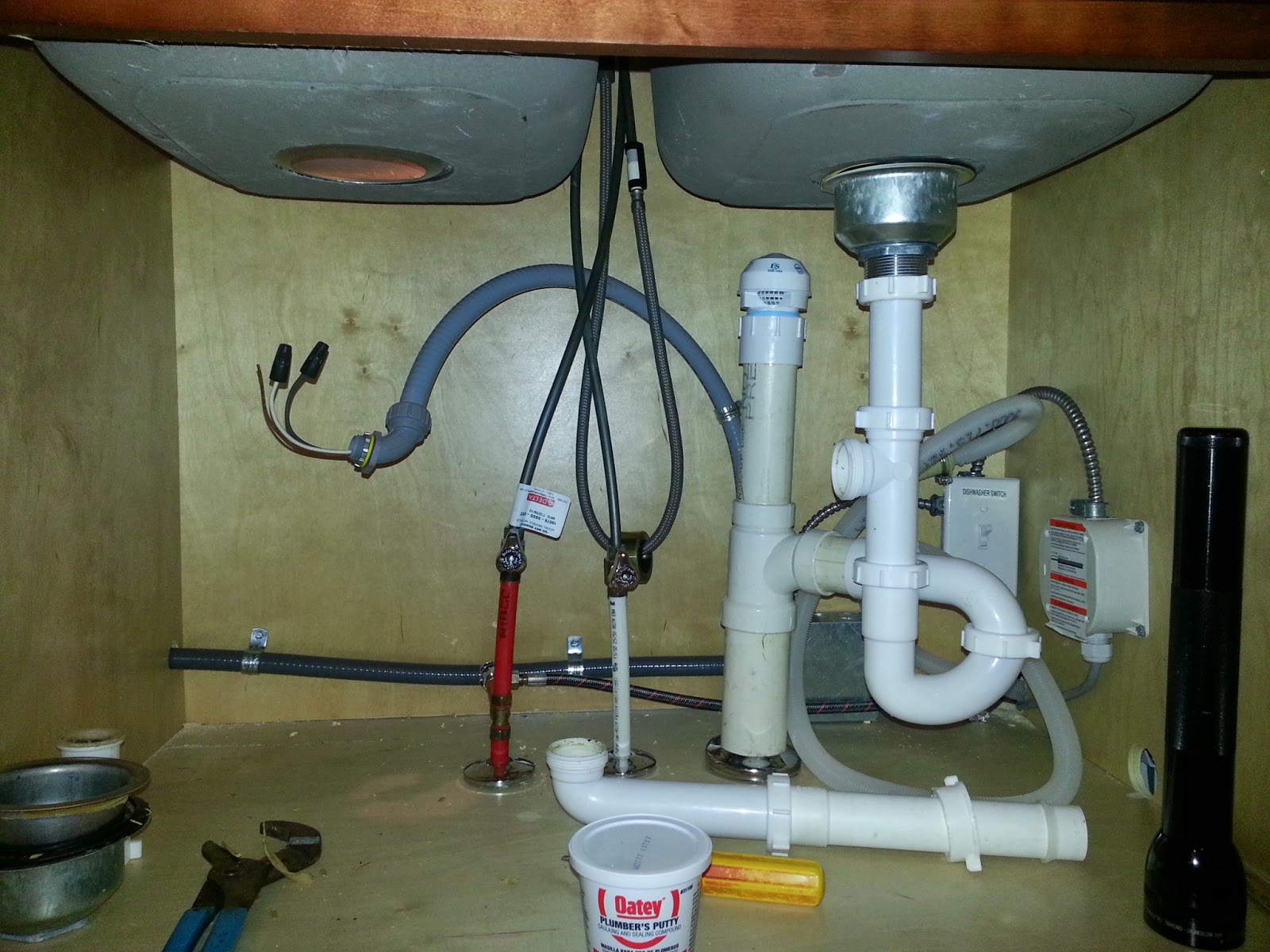






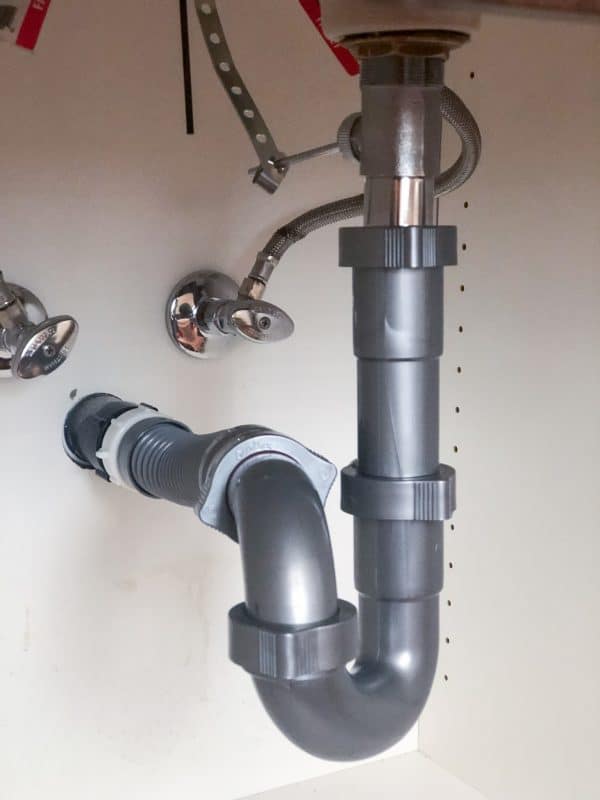



/sink-vent-installing-an-auto-vent-2718828-05-ca0dcb2915be457b9693ccd2655e6c21.jpg)



